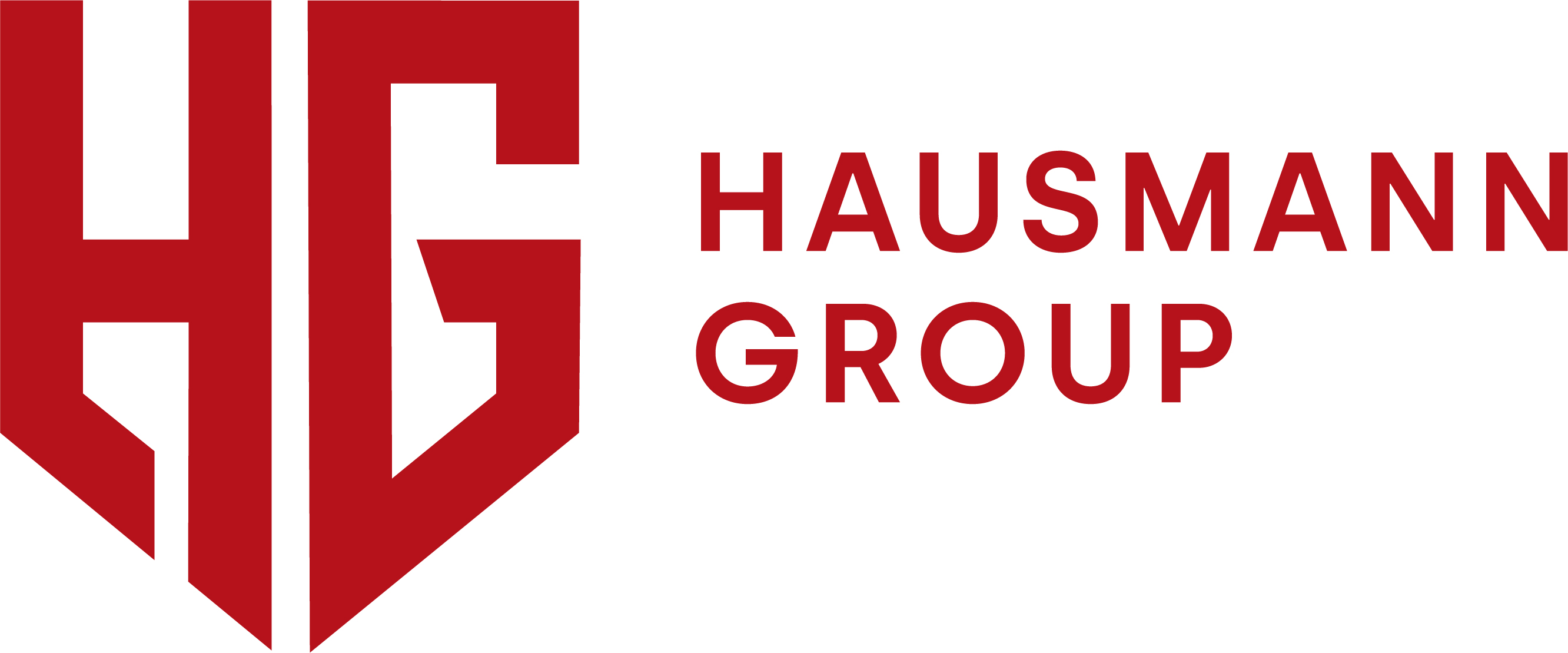5 Rapidly Growing Types of Financial Fraud (And 4 Quick and Easy Solutions)
By Tami Cook, Claims Resolution Strategist
 Financial fraud is rapidly rising, and as a Claims Resolution Strategist for the Hausmann Group Claims team, I’m seeing a noteworthy uptick in claims from our clients in a range of fraud schemes.
Financial fraud is rapidly rising, and as a Claims Resolution Strategist for the Hausmann Group Claims team, I’m seeing a noteworthy uptick in claims from our clients in a range of fraud schemes.
And our clients aren’t alone. FTC data shows that financial fraud cost consumers $8.8 billion (about $27 per person in the US) in 2022. This is a drastic increase over the $3.8 billion lost in 2021. Some reports show that over 26% of companies in the United States fell victim to some sort of financial fraud last year. These are disturbing statistics that might leave you wondering how your own business might be affected, and how to prevent a financial loss.
Here are 5 types of financial fraud that are most likely to affect your business:
- Check washing fraud. This involves a criminal stealing a legitimate check that you have mailed to another party and changing the payee’s name and dollar amount on it, then fraudulently depositing the check. These checks are often either washed in chemicals to remove the ink, or scanned, altered, and printed.
- Counterfeit checks. This involves a criminal stealing a legitimate business check, then using the information on the check to create counterfeit checks that look identical to your legitimate checks.
- Employee fraud. This involves an employee who has access to your business’s accounts writing fraudulent checks. This generally starts with small amounts that are less likely to be detected, then escalates.
- EFT (Electronic Funds Transfer) fraud via email. This often starts with a phishing email that goes undetected. An employee will inadvertently click on a malicious link in an email, not realizing the email is fraudulent. This gives a threat actor access to your email systems, and they send out payment instructions to your customers that appear to originate from your business email account. The customer then sends payments owed to your business, but they are diverted to a fraudulent bank account. You can also become a victim of this type of fraud if you receive payment instructions via email from a vendor and send payment to a threat actor, unaware that the email was fraudulent.
- EFT fraud via online banking fraud. This also often starts with a phishing email; however, the threat actor installs a remote access trojan onto your system, allowing them to log into your online banking programs and email system. They then e-transfer funds out of your business accounts. Multi-factor authentication via email does not protect against this since the threat actor has control of your email as well.
This may seem like an overwhelming exposure to financial loss, but there is a quick and easy way to help prevent your business from becoming the next victim: Implementing payment controls.
Implementing payment controls, such as transaction limits and pre-authorization requirements can help prevent unauthorized transactions from occurring. Simple payment controls can include:
- Using gel ink pens for handwritten checks. It is much harder to wash this type of ink off a stolen check.
- Never leaving checks unattended in your mailbox for pickup. Take them directly to the post office or use a locked, secure drop box as close as possible to a posted pick-up time.
- Utilizing multi-factor authentication for access to all online financial accounts. Use an authentication method separate from your email (such as a smartphone authenticator application), as your email accounts are likely to be compromised if a threat-actor has accessed your systems remotely. Only allow those with a legitimate need to have access to online financial accounts within your organization.
- Talking to your bank about using a “Positive Pay” program. This program involves your bank sending you a list of checks that have been presented for clearance and requires you to review and individually approve the checks, giving you a chance to stop fraudulent or washed checks from ever being cashed.
Financial fraud poses a significant threat to both individuals and businesses, but with the right preventative measures in place, it is possible to mitigate this risk. By implementing payment controls, and staying aware, you can protect yourself and your business against the pervasive threat of financial fraud.
